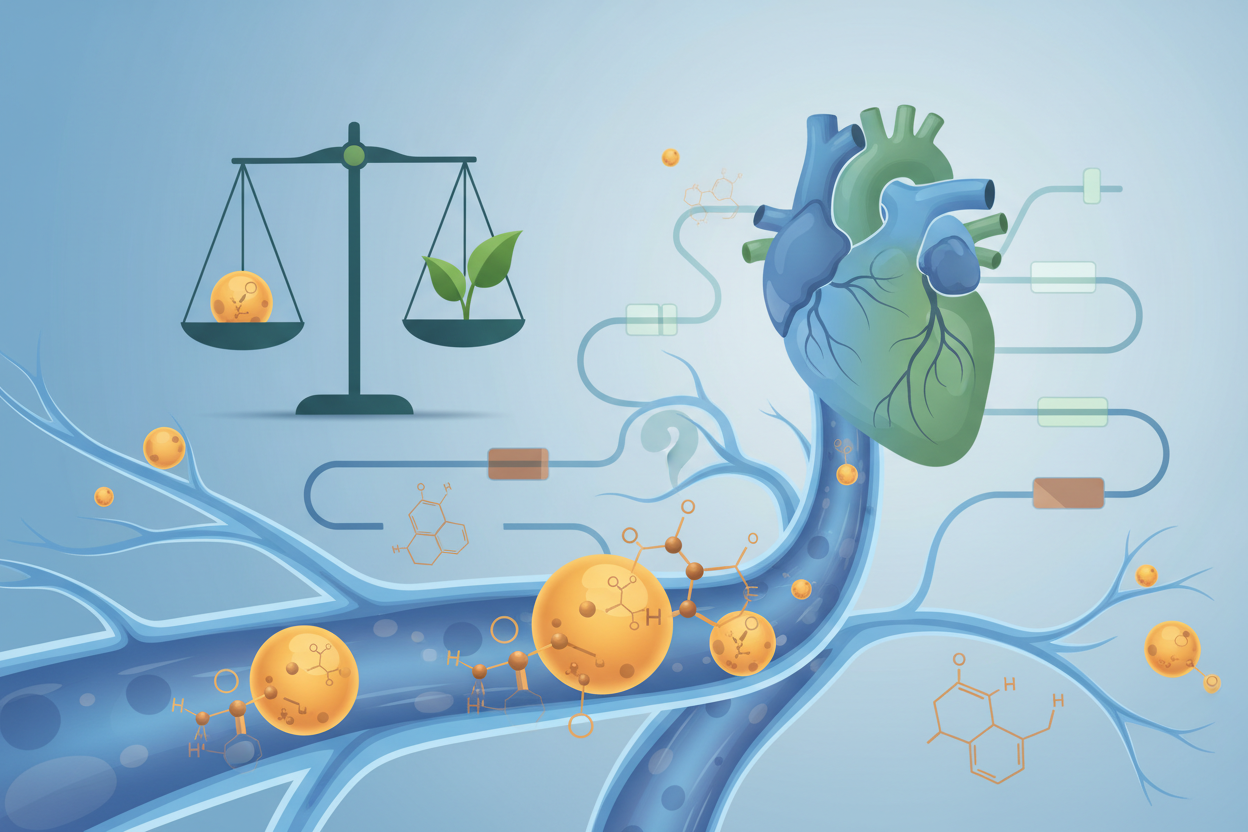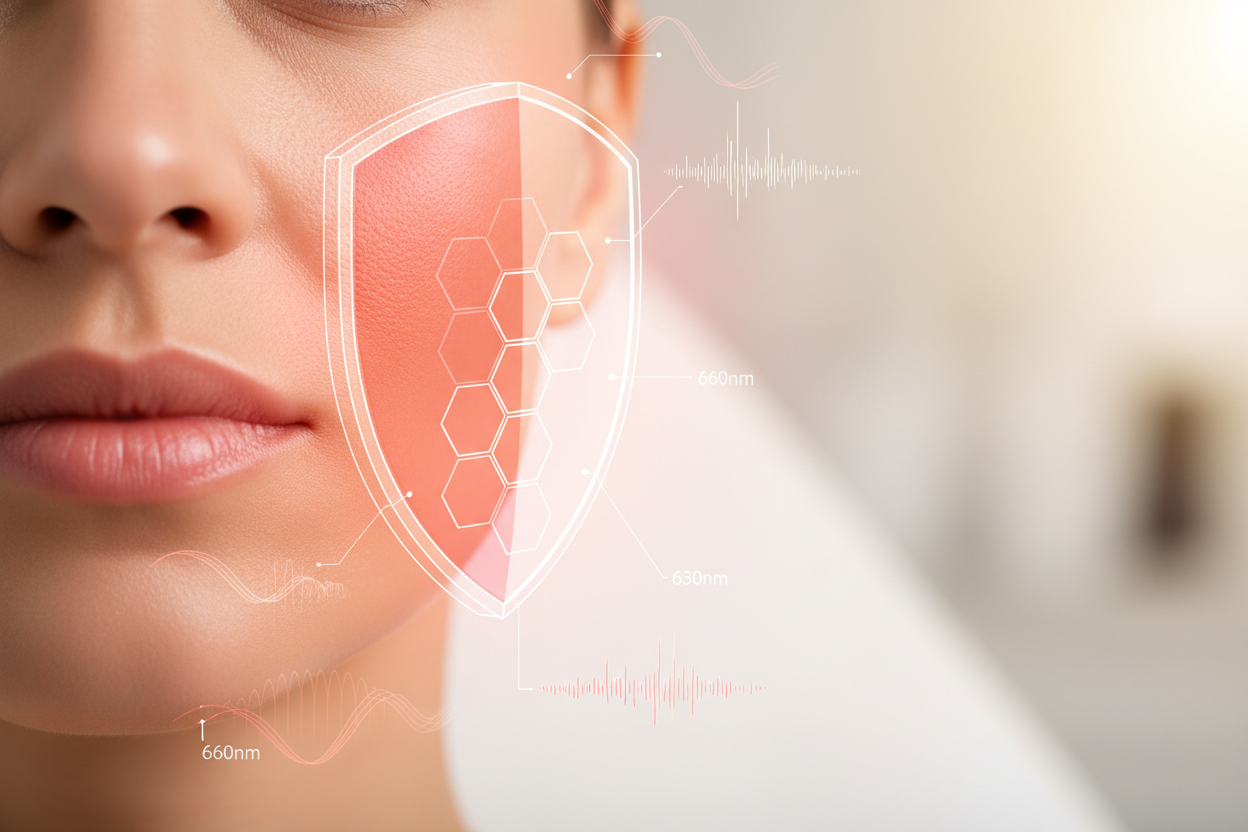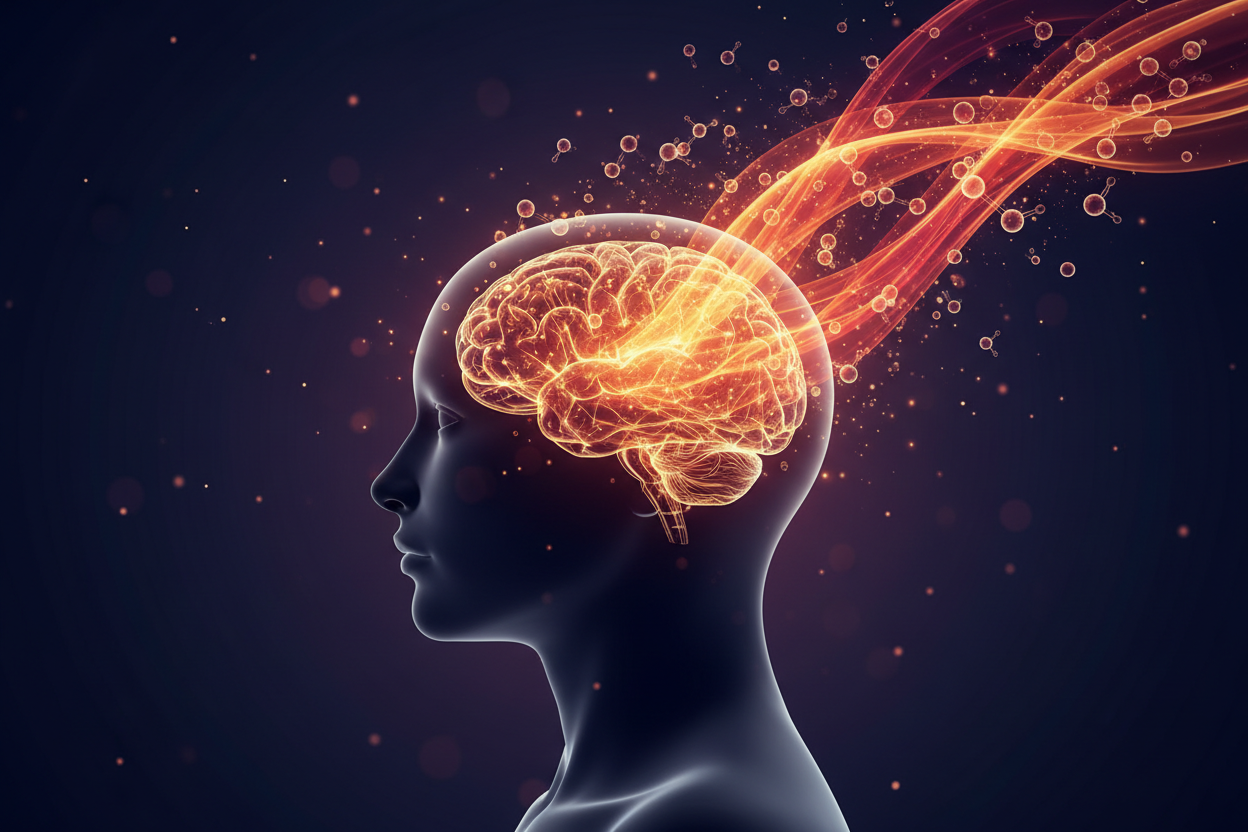
Why the form of minerals matters: the biophysical significance of deep ocean electrolytes and light
Introduction: Minerals as Electrolytes – and Why the Form Matters
The human body is not a chemical factory, but a bioelectrical system. Each cell maintains a difference in electric potential between the internal and external environment – the so-called membrane voltage. This electrochemical gradient is a fundamental condition for the transport of substances, nerve conduction, ATP production in mitochondria, and the activity of hundreds of enzymatic pathways.
Minerals are key electrolytes in this system – charge carriers and regulators of electrical voltage. However, it is not only their chemical name that matters, but also the physical form in which they enter the body. While most commonly available mineral supplements (e.g., oxides, carbonates, or synthetic chelates) exhibit very low bioavailability, deep ocean minerals provide the body with natural ionic complexes that are electrically active, biophysically stable, and synergistically interconnected.
2. What are deep-sea minerals: origin, composition, structure
Deep ocean minerals from the Endala brand are sourced from natural currents of deep seawater – from depths exceeding 600 meters, where constant pressure, darkness, and electromagnetic calm prevail. Under these conditions, a natural ionic matrix of more than 90 minerals and trace elements is formed, including magnesium, zinc, lithium, molybdenum, vanadium, boron, and others.
They are neither isolated nor synthetically modified. Their charge, spin, and electroactivity are preserved thanks to gentle processing without chemical denaturation – drying is carried out exclusively by the spray-dry method, which does not disrupt their ionic balance.
The ratio and synergistic bond between individual elements are also important. In a natural environment, there is no "pure" mineral – it is always part of a larger electrochemical balance that allows the regulation of voltage, conductivity, and enzymatic activity.
3. Biophysical effect in the body: ionic environment, cell voltage, enzymes, mitochondria
Each human cell needs to maintain a membrane potential to function – a difference in charges between the inside and outside of the membrane, typically ranging from −70 to −90 mV. It is precisely ions (e.g., Mg²⁺, K⁺, Zn²⁺, Ca²⁺) that play a key role in this electrochemical setup. Deep ocean minerals:
• They stabilize membrane potential and thereby affect cell permeability, signal transmission, and glucose uptake
• They activate hundreds of cofactor-dependent enzymatic pathways (e.g., Zn, Mg, Cu, Mo)
• They increase mitochondrial efficiency by supporting the activity of key enzymes in oxidative phosphorylation
• They support redox balance, which determines whether the cell produces energy or succumbs to oxidative stress
These minerals are not merely a "substitute" for nutrition – they function as biophysical regulators of the electrochemical environment. Their ionic form is immediately recognized by the cell and integrated into existing transport and regulatory pathways.
4. Difference compared to common minerals: oxides, citrates, isolates vs. natural matrix
Most common supplements contain minerals in the form of:
• Oxides (e.g., magnesium oxide) – very poorly soluble, with bioavailability often below 10 %
• Carbonates (e.g., calcium carbonate) – alkaline salts that require sufficient stomach acid for absorption
• Chelates (e.g., glycinate, citrate) – chemically modified compounds, where biological compatibility is not always guaranteed
These forms are isolated, often one-sided, and lack the natural context of synergistic trace elements. Moreover, they do not supply the body with an electric charge, but only a chemical substance. Without electrical activity, however, it is impossible to restore cellular voltage, redox balance, or enzymatic activity.
Deep ocean minerals, on the other hand, act as electrolytic nutrition – they restore the body's electrical parameters and respect its biophysical logic.
5. Synergy with Photobiomodulation: Light, Water, Electrolyte
The effect of deep ocean minerals is significantly enhanced by photobiomodulation therapy as provided by the Redlight.Doctor system. This therapy uses specific wavelengths (e.g., 630–850 nm) that penetrate the tissues and:
• They increase the activity of cytochrome c oxidase – a key mitochondrial enzyme
• They structure intracellular water (EZ – Exclusion Zone), thereby increasing conductivity and ion transfer
• They improve redox balance and reduce cytoplasm viscosity
• They increase the permeability of cell membranes and thus the absorption of minerals
In an environment of light-activated redox field, not only the efficiency of mineral nutrition improves, but also cellular adaptation, signaling pathways, and overall bioelectrical stability.
Photobiomodulation therefore does not act as an isolated "medicine," but as a catalyst for electrochemical reactions that depend on the presence of ionic electrolytes – and it is deep ocean minerals that are the most effective source in this regard.
Conclusion: Deep ocean minerals as a tool for restoring electrochemical balance
In the modern environment – full of synthetic substances, electromagnetic noise, and nutritional demineralization – the body's electrochemical balance is disrupted. Regular supplementation is not enough: we need minerals in their natural, ionic, and electroactive form, which the body recognizes and effectively utilizes.
Deep ocean minerals from the Endala brand provide comprehensive electrolyte nutrition that restores cellular voltage, enzymatic pathways, and mitochondrial performance. In combination with Redlight.Doctor photobiomodulation therapy, a synergistic protocol is created that respects the natural laws of biophysics and does not work against them.
Nutrition is not just about calories. It is about electron flow, ions, light, and water. And this is exactly where deep ocean minerals have their indispensable place.



Leave a comment
This site is protected by hCaptcha and the hCaptcha Privacy Policy and Terms of Service apply.